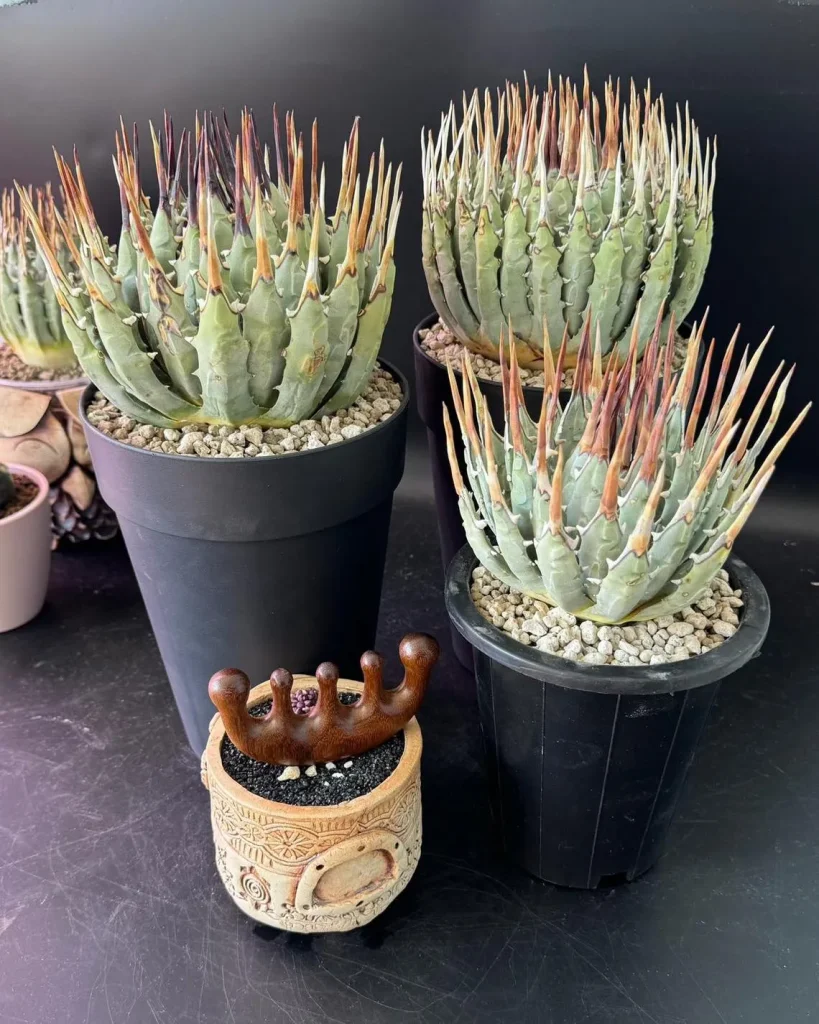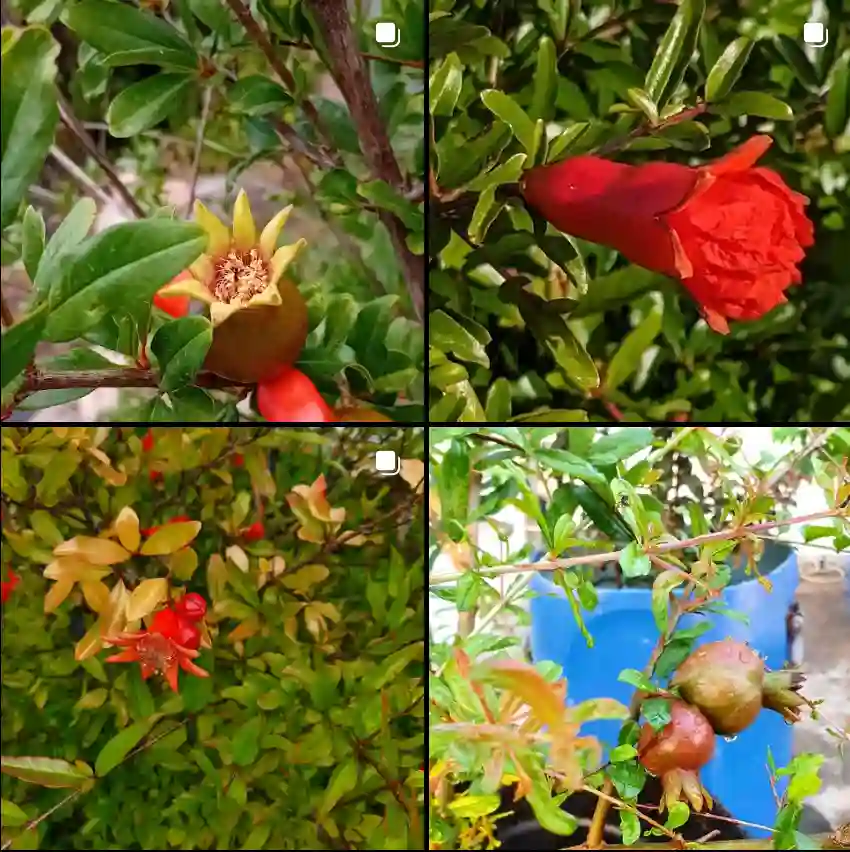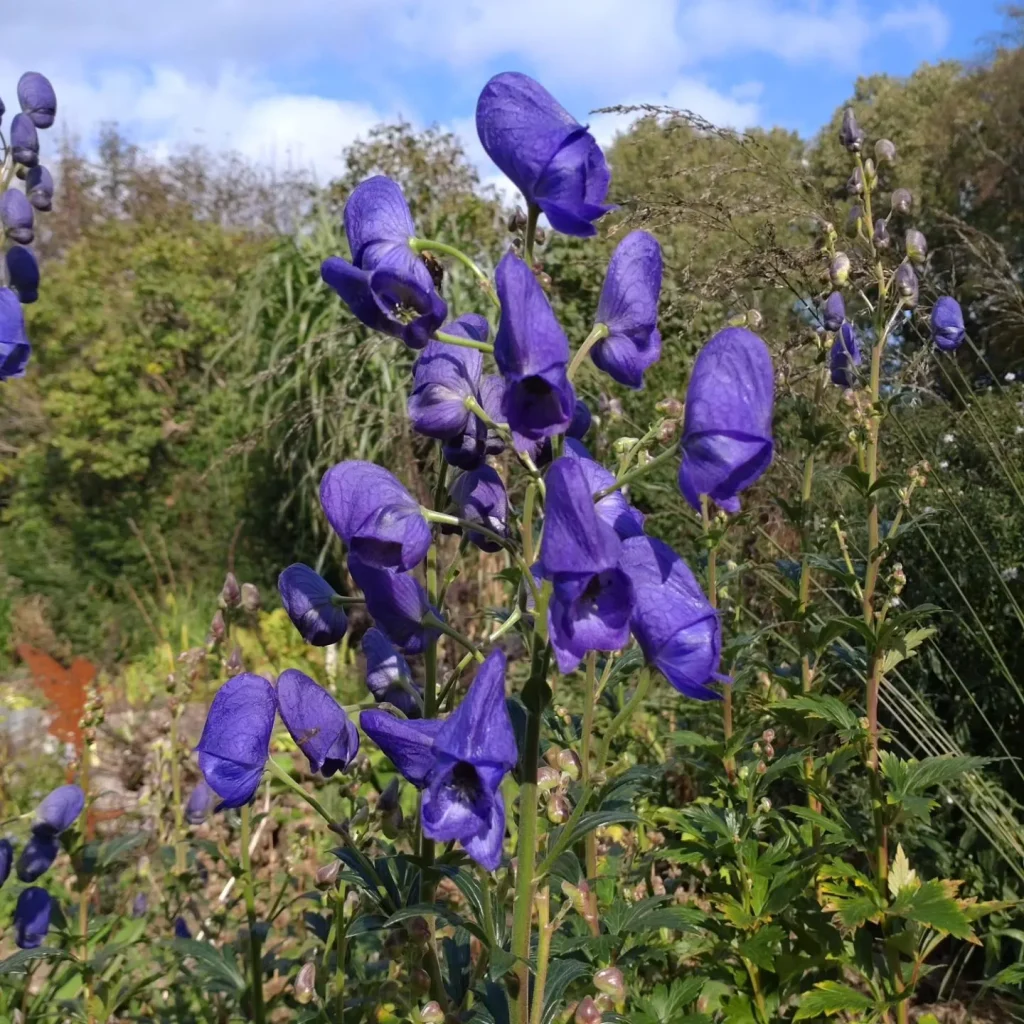
What is Buxus Sempervirens?
When I planted Buxus sempervirens, also known as boxwood, I found it to be incredibly versatile for shaping hedges and topiaries, and its evergreen foliage gave my garden a lush, year-round backdrop.
101 Species in Genus Buxus
What to plant in front of boxwoods?
In front of my boxwoods, I’ve had great success with planting low-growing perennials like lavender and hostas, which complement the boxwoods without overshadowing them.
Why are my boxwoods turning brown?
I’ve noticed my boxwoods turning brown due to a combination of too much sun exposure and inconsistent watering, which has really stressed the plants.
Are boxwoods poisonous to dogs?
From my experience, while boxwoods are not highly toxic, I’ve made sure to keep an eye on my dogs since ingesting large amounts could potentially cause some digestive issues.
How far apart to plant boxwoods?
When planting boxwoods, I usually space them about 3 to 4 feet apart to ensure they have enough room to grow without crowding each other.
How to propagate boxwood?
I’ve propagated my boxwoods successfully by taking softwood cuttings in early summer and using a rooting hormone before placing them in a pot with well-draining soil.
How to revive a dying boxwood shrub?
Reviving a dying boxwood for me meant adjusting the watering routine and trimming away any dead or diseased branches, which seemed to help the plant bounce back.
Can boxwoods grow in shade?
In my garden, boxwoods have managed to grow in partial shade, though they do seem to thrive better with some direct sunlight.
When to fertilize boxwoods?
I typically fertilize my boxwoods in early spring and again in mid-summer to give them a nutrient boost throughout their growing season.
How often to water boxwoods?
I water my boxwoods about once a week, ensuring the soil remains consistently moist but not waterlogged.
Is 10-10-10 fertilizer good for boxwoods?
I’ve found that 10-10-10 fertilizer works well for my boxwoods, as it provides a balanced mix of nutrients to keep them healthy and green.
Do boxwoods like acidic soil?
Boxwoods in my garden seem to prefer slightly acidic to neutral soil, and I’ve had to adjust the soil pH to keep them happy.
How long do boxwoods live?
In my experience, boxwoods can live for several decades with proper care, and some of mine have been going strong for over 20 years.
Do boxwoods attract flies?
I haven’t had a problem with flies being attracted to my boxwoods, but I do keep an eye out for any unusual pests.
How deep are boxwood roots?
The roots of my boxwoods typically spread out more horizontally rather than deeply, which makes them relatively shallow compared to other plants.
Is boxwood poisonous to cats?
I’ve read that while boxwoods aren’t usually highly toxic to cats, it’s still a good idea to prevent them from munching on the leaves to avoid any potential issues.
Boxwood vs Holly
In my garden, Boxwood and Holly both serve as excellent hedges, but I’ve found Holly to be a bit more resilient to extreme temperatures, making it a better choice for harsh winters compared to the Boxwood, which can suffer from winter damage.
Boxwood vs Privet
Privet quickly established itself in my yard with a faster growth rate than Boxwood, but I ended up preferring Boxwood for its dense foliage and the elegant, consistent shape it maintained throughout the year.
Boxwood vs Yew
While Yew grew more slowly in my garden compared to Boxwood, it made up for it with its lush, dark green needles and impressive longevity, which I appreciated for a more enduring landscape feature.
Boxwood vs Arborvitae
I’ve enjoyed the Boxwood’s classic look and compact growth for my formal hedges, but Arborvitae won me over with its rapid growth and ability to provide a tall, dense privacy screen that Boxwood couldn’t match.
Boxwood vs Box Elder
Box Elder, with its vibrant fall color and fast growth, offered a more dynamic visual interest compared to Boxwood’s steady green backdrop, though Boxwood’s evergreen nature provided consistent year-round appeal.
Boxwood vs Dogwood
Dogwood’s beautiful spring blooms and striking fall foliage brought a burst of color to my garden, which made me appreciate it over Boxwood’s more uniform and less flashy appearance.
Boxwood vs Ilex
Ilex added a festive touch with its bright red berries in winter, which contrasted nicely with Boxwood’s more understated elegance and reliable evergreen coverage throughout the year.
Boxwood vs Inkberry
Inkberry’s dark, glossy leaves and ability to handle wet conditions made it a great match for my moist garden areas, whereas Boxwood’s adaptability and classic look suited drier, more formal spaces.
If i die, water my plants!



